- Product
- Solution for
For Your Industry
- Plans & Pricing
- Company
- Resources
For Your Industry
Despite rapid technological advancements, many businesses miss out on lucrative sales opportunities. They often struggle to understand what works and what doesn’t, finding it challenging to use contextual information effectively to optimize prices and promotions. Additionally, there is uncertainty about how to operate in a “price-transparent environment” and when to match prices with Amazon and other online competitors.
The retail industry is in a state of flux, with many changes on the horizon. However, one thing is certain: businesses that don’t optimize their pricing risk becoming outdated and losing sales to competitors. In this post, you will learn why omnichannel pricing is key to winning in commerce and how you can implement it to drive sales. But first, let’s compare omnichannel pricing against channel-specific pricing and combination pricing.

Pricing today is multifaceted. Modern technology empowers shoppers with full transparency across businesses globally. They can access any store anytime and track dynamic pricing movements to get real-time updates on price changes. Likewise, companies have powerful retail tools to gather customer data and run targeted discounts and promotions to engage consumers in exciting ways.
To maximize revenue while protecting margins, businesses must leverage customer data to devise their pricing strategy. Here are the three main pricing strategies:
Omnichannel pricing keeps prices consistent across all platforms. This uniform pricing helps build trust and enhances the consumer experience, as shoppers can explore options like BOPIS (Buy Online, Pick Up In-Store) and find the best fit for their needs. This strategy works best for businesses aiming to build loyalty and improve customer retention.
Channel-specific or multichannel pricing involves setting different prices across platforms. It works for brands whose consumers have relatively linear shopping journeys and don’t spend much time researching. This strategy allows brands to increase profit margins on certain channels, selling products at full price in-store but offering a discount online.
A combination or hybrid pricing strategy sets the same prices across different channels with a few exceptions. This is common with eCommerce merchants who offer a single price but entice shoppers with attractive discounts and specific promotions to prompt them to revisit abandoned carts.
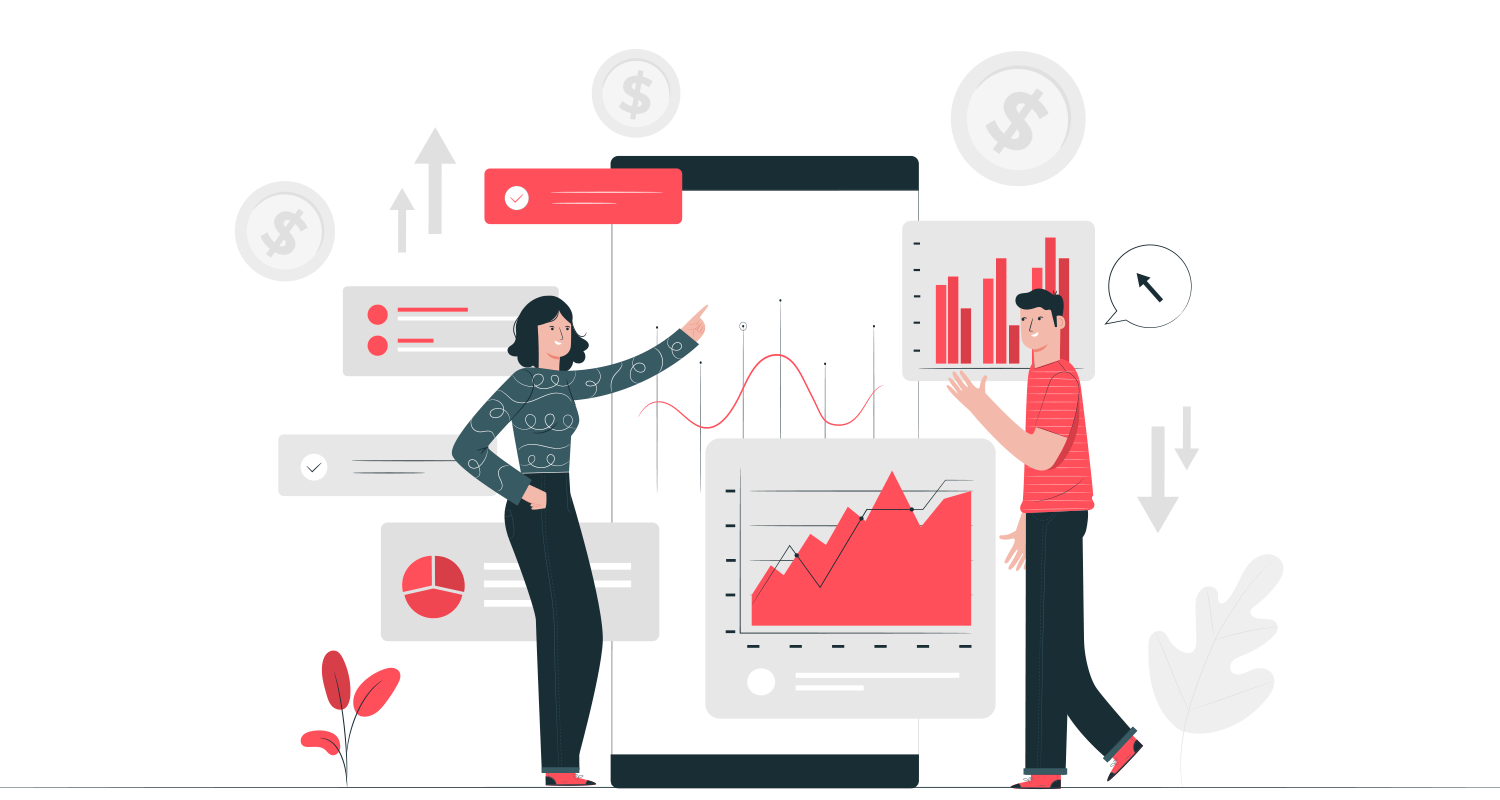
A well-defined pricing strategy considers the business model, competitive advantage, consumer needs, and channel economics. It prioritizes revenue goals and is not solely driven by competitor movements. Experienced players understand the value of customer data as a pricing asset and use powerful retail analytics tools to stay abreast of market trends while devising their pricing.
To get your strategy right, keep the following in mind:
Next, let’s discuss why omnichannel pricing is vital for profitable growth.
Digital-savvy and comparison shoppers want the best deals and value for money. They expect personalized interactions based on past purchases and choose brands that provide relevant offers and recommendations. They begin their product searches online, and 75% expect a consistent experience across every channel.
Shoppers don’t have a linear buying journey and undergo multiple touchpoints. To offer a cohesive shopping experience, omnichannel pricing becomes imperative. It boosts engagement rates, purchase frequency, average order value, customer retention rates, and drives the bottom line. Leading brands follow these best practices to offer shoppers a wholesome consumer experience and drive revenue:
Example: BonLook

BonLook sells prescription eyeglasses in stores across the US and Canada. Buying glasses is a high-touch process, well-suited to brick-and-mortar shopping. To engage shoppers digitally and replicate the in-store experience, BonLook launched shopping guides and virtual try-on features. These allow customers to see how glasses will look on them.
BonLook also has a custom iOS app that enables its executives to help buyers pick frames and make purchases later. With both channels connected, buyers can shop however they like, and associates can check inventory and orders in real-time. This omnichannel strategy, run on Shopify Plus, increased BonLook’s average order value by 18%.
An omnichannel strategy aims to eliminate suboptimal processes and functional barriers by embedding consumer-focused behaviors and technologies across the organization. It focuses on:
Business leaders must quickly anticipate and address changing consumer preferences. During the pandemic, retailers responded to the need for a contactless shopping experience by offering digital payment options and curbside pickup. They also introduced techniques like:
To win and retain shoppers, businesses must be consumer-centric and nimble. A successful omnichannel experience requires continual optimization with added value and services to deliver a frictionless customer experience for cross-channel ordering and fulfillment.
Additionally, understand the role of various categories in online and physical stores. While fashion and consumer electronics dominate online, buyers prefer in-store shopping for categories like celebrations, stationery, home essentials, and car care. Others, like kitchenware and garden supplies, have mixed preferences. Keep this in mind to optimize inventory and compete with online giants like Amazon.
Finally, deploy scalable retail technology like Intelligence Node to automate data collection and analysis. This saves staff time on improving current strategies and creating new ones. Leveraging smart insights helps decode historical trends and prepare for future plans.
Omnichannel strategies might have seemed outlandish before 2020, but the pandemic transformed the shopping experience entirely. Embrace omnichannel strategies to integrate your channels and offer a consistent user experience to drive long-term growth.
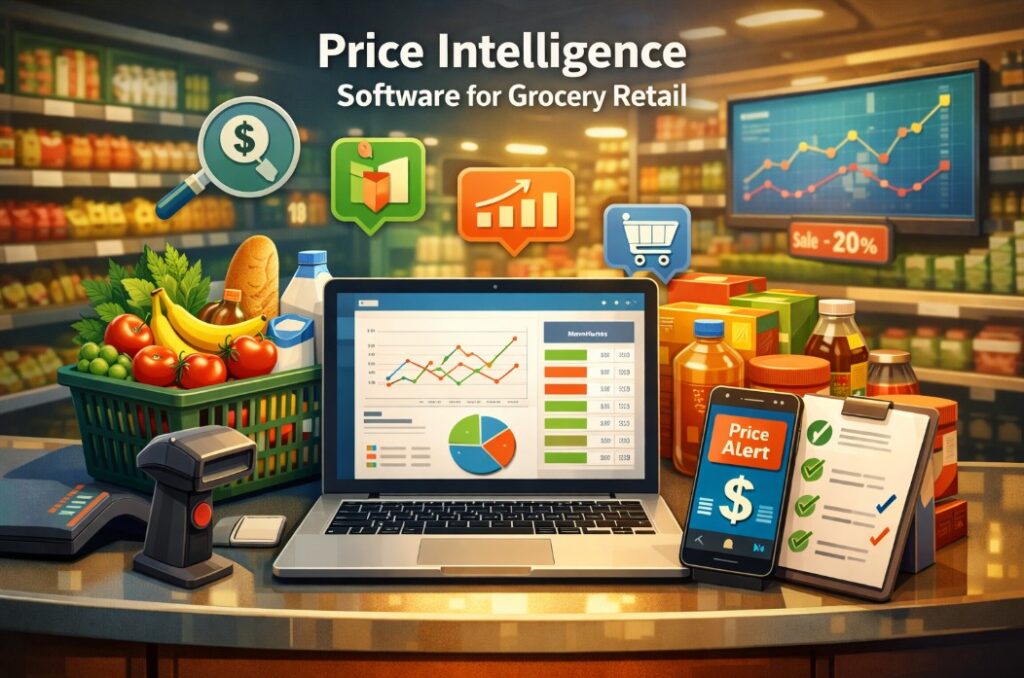
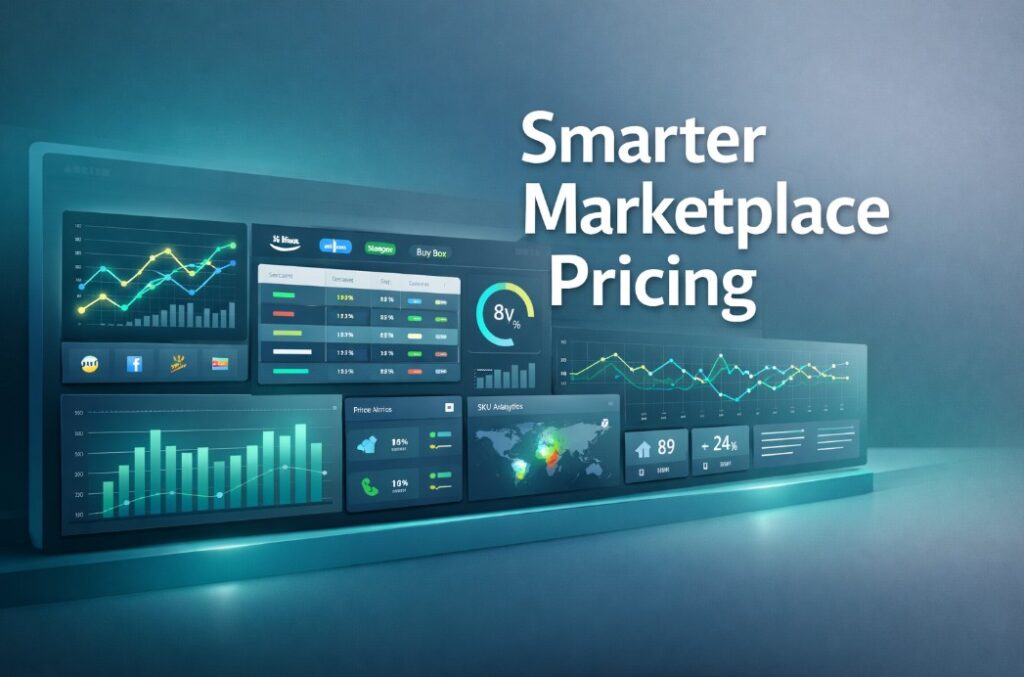
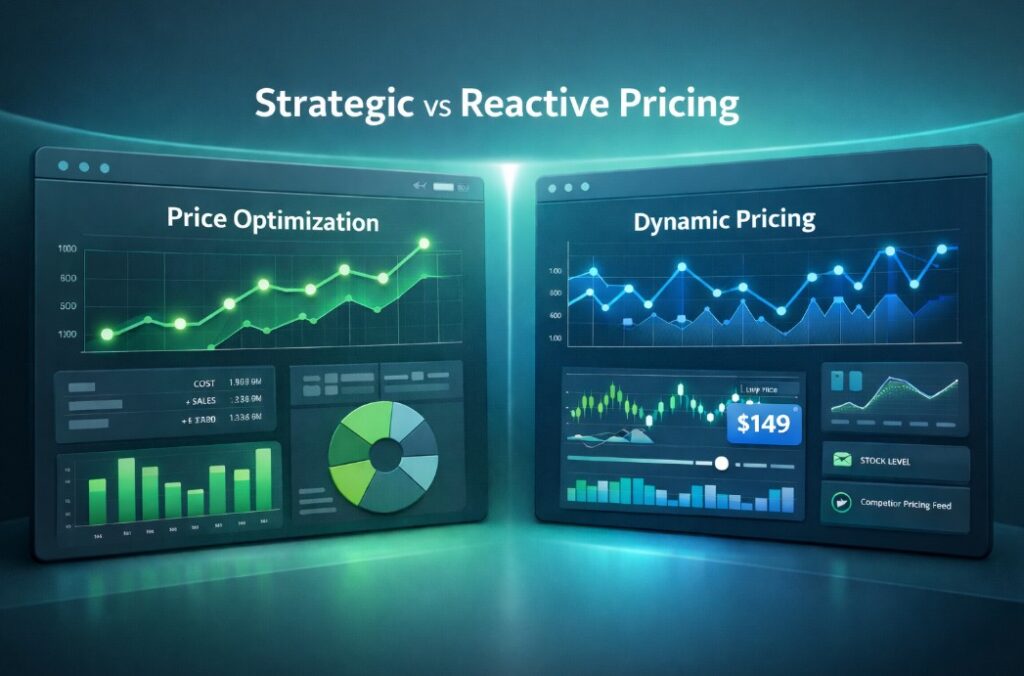
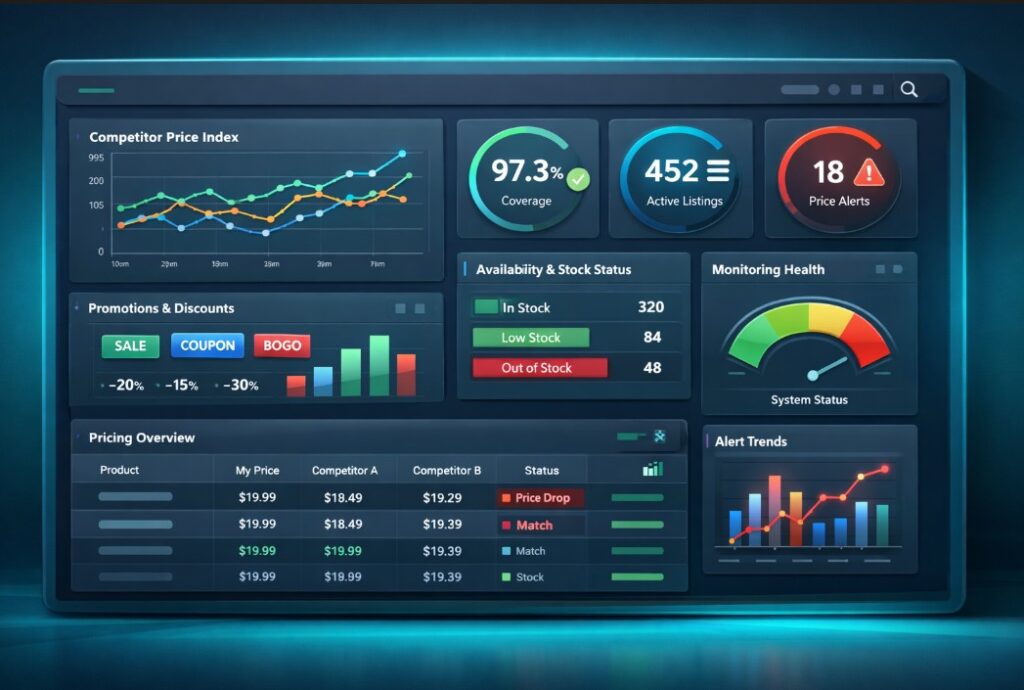
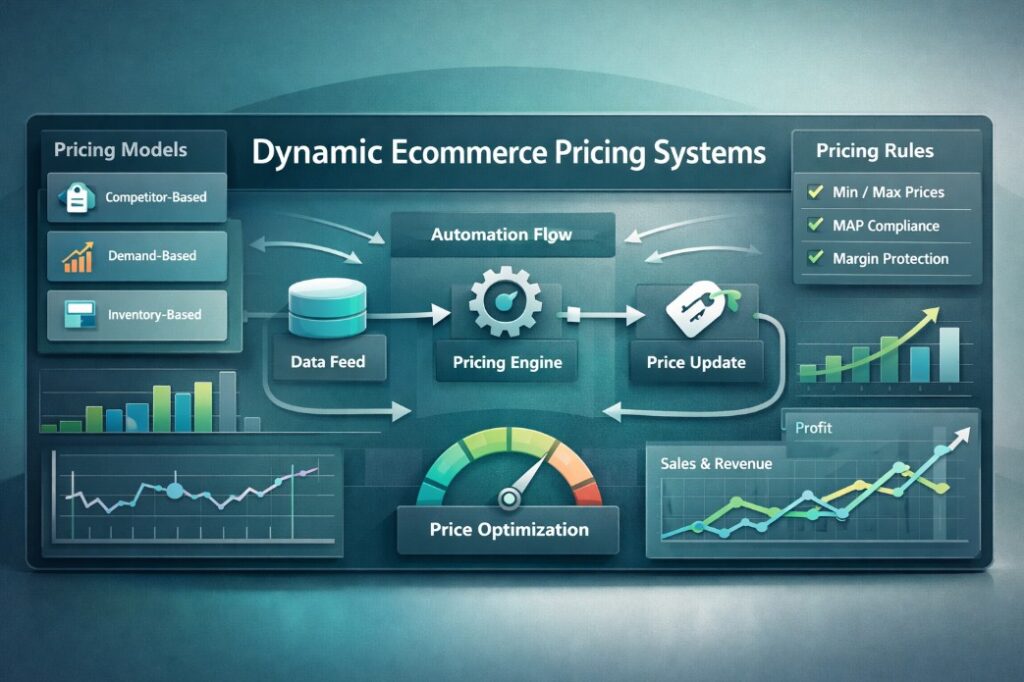
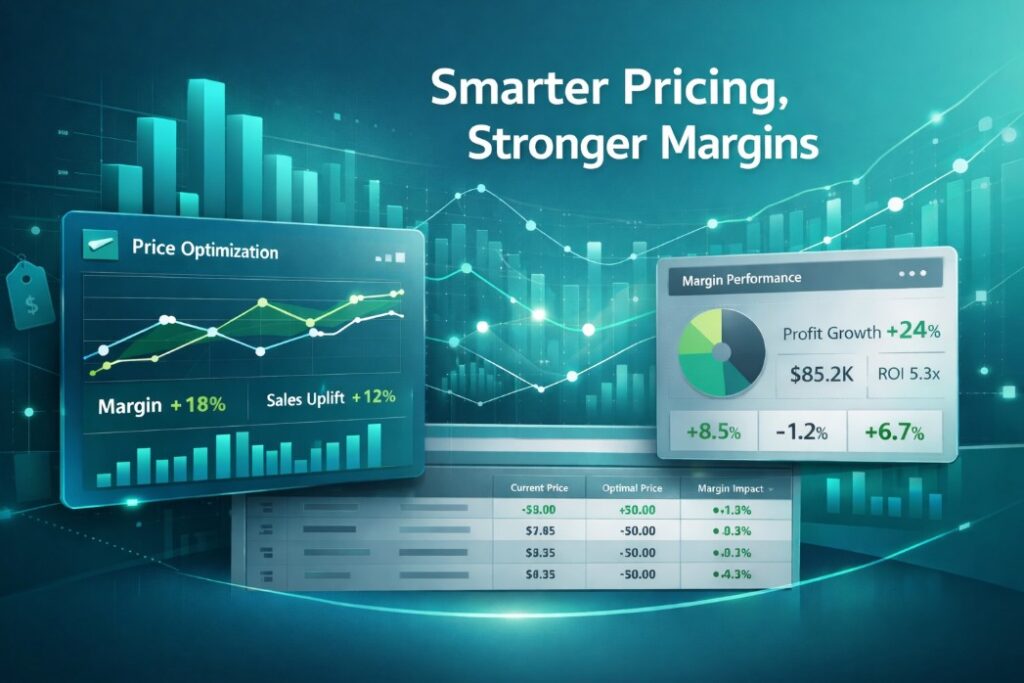
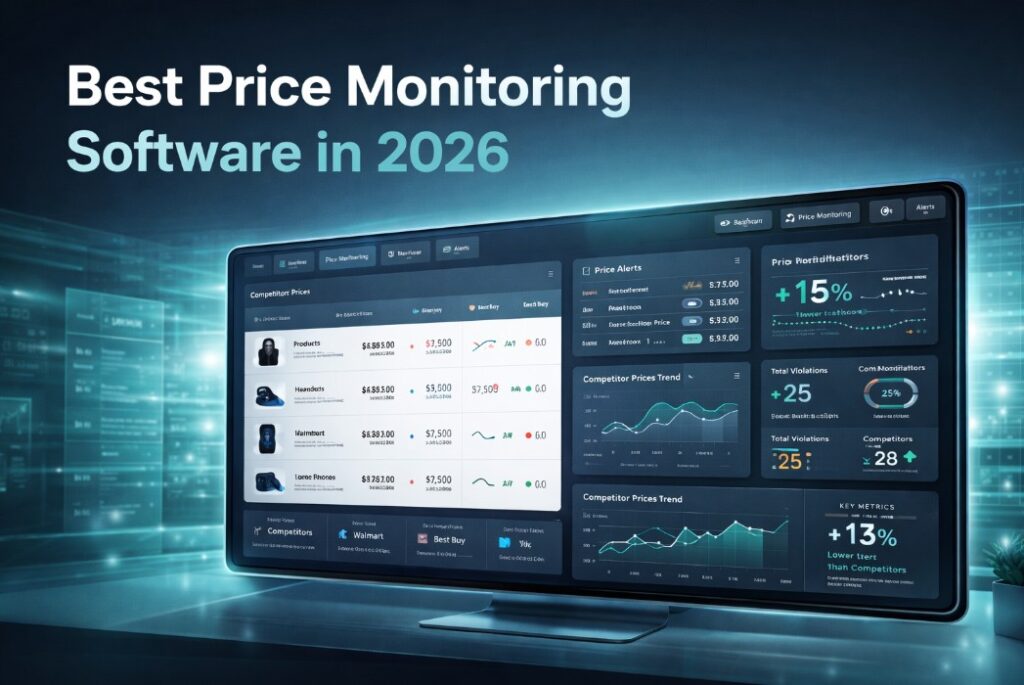






Missing an important marketplace?
Send us your request to add it!